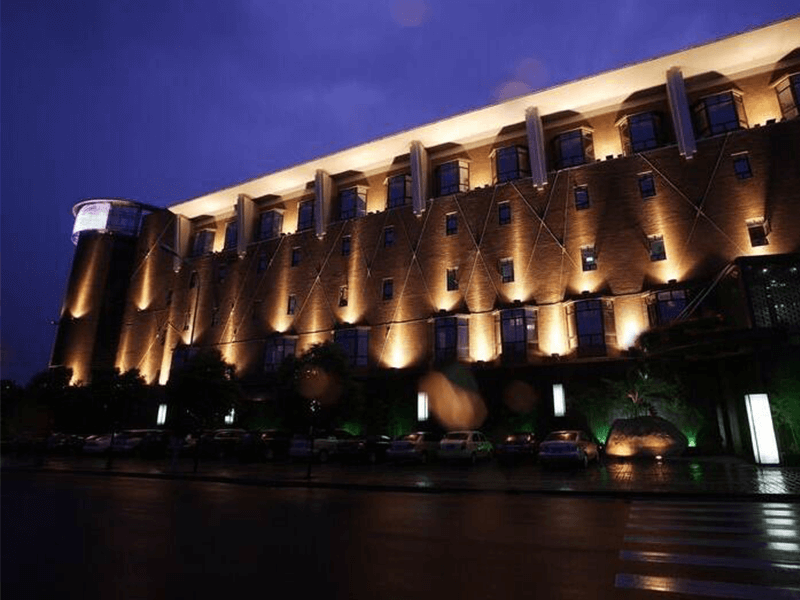1. Tips for comparing prices among different suppliers:
Price Transparency: Begin by ensuring that the suppliers you are considering are transparent about their pricing. Prices should be listed for the specific products or services you require. This transparency makes it easier to compare prices accurately.
Request Detailed Quotes: Reach out to multiple suppliers and request detailed quotes for the same or equivalent products. Ensure that the quotes itemize all costs, including the cost of the products, taxes, shipping, and any additional fees.
Volume Discounts: If your project involves many LED lighting fixtures, inquire about volume discounts. Suppliers often offer discounts for bulk orders, significantly impacting the overall cost.
Consider Total Cost of Ownership: In addition to the initial acquisition cost, take into account the overall cost of ownership. High-quality LED fixtures may have a higher upfront cost but lower long-term operating and maintenance costs due to energy efficiency and longevity.
Negotiate: Don’t hesitate to negotiate with suppliers, especially for larger projects. Many suppliers are open to negotiation, and you can secure more favorable terms or pricing.
Compare Value, Not Just Price: Price should not be the deciding factor. Consider each supplier’s overall value, considering factors such as product quality, warranty, after-sales support, and the supplier’s reputation.
2. Hidden costs to be aware of (shipping, warranties, etc.):
Shipping and Freight Costs: While the base price of LED lighting products may seem competitive, be aware of shipping and freight costs, especially for international orders. These costs can vary significantly and impact your overall budget.
Customs and Import Duties: If you are sourcing LED lighting products from overseas suppliers, be mindful of customs and import duties. These charges can add a substantial expense to your project and should be factored into your cost analysis.
Warranty Terms: Carefully review the warranty terms offered by the supplier. Some warranties may have limitations or exclusions that could result in unexpected costs if not understood upfront. Ensure that the warranty aligns with your project’s expected lifespan.
Maintenance and Replacement Costs: Consider the long-term care and replacement costs associated with the LED fixtures. Low-quality fixtures may require frequent replacements, driving up maintenance expenses.
Energy Consumption: Although LED lighting is energy-efficient, be aware that the energy consumption of the fixtures will impact your ongoing operational costs. Evaluate the expected energy savings compared to conventional lighting technologies.
Customization Fees: If you require customized LED fixtures, inquire about any associated customization fees. Customization can add to the overall cost, but achieving your project’s unique design objectives may be necessary.
Support and Training: Depending on the complexity of the LED lighting system, you may need training or technical support. Be aware of any additional costs associated with these services and factor them into your budget.
Long Lead Times: Extended lead times can result in project delays, which can be costly. Ensure the supplier’s lead times align with your project timeline and consider any potential delays-related costs.
Upfront Deposits: Some suppliers may require upfront deposits or payment deposits. Understand these payment terms and ensure they fit your project’s financial plan.
